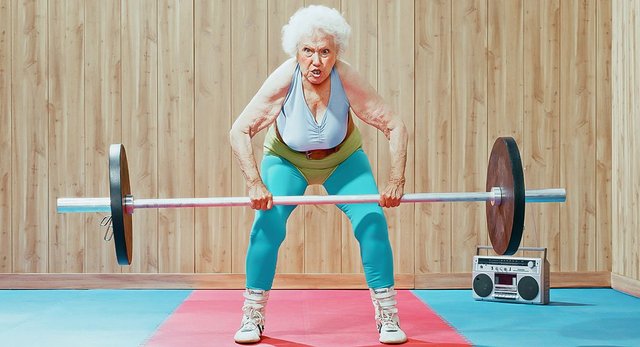Adaptation to physical exertion is nothing more than changes in the body that occur as a result of a response to the stress or irritation that it experiences under the influence of physical exertion. Simply put, this is the process of adapting (accustoming) the body to physical stress. It is the process of adaptation that underlies the methodology of any training, regardless of the ultimate goal. It does not matter whether you want to storm records, or are engaged in health promotion - you can achieve this goal only thanks to those changes in the body that will result from adaptation to the physical loads. And the degree or magnitude of these changes already depends on the training methods used.

The mechanism of adaptation of the body to physical activity
What happens in the body under the influence of physical exertion? As already noted above, the body perceives the physical load as a kind of external stimulus. The first to any side stimulus reacts to the CNS (central nervous system), which gives the body a standard alarm. The first reaction of the body will also be standard - the release of adrenaline. Under the influence of adrenaline, the heart rate, the frequency of breathing increases, and this in turn leads to an increase in the minute volume of blood and the minute volume of respiration.
Such a first reaction will be observed absolutely on any stimulus - whether it be psychological stress or physical stress. The body is urgently preparing for the fact that he will have to work in conditions different from the usual. Further on the flow of pulses, the central nervous system determines the source of the stimulation, and the organism passes from the stage of anxiety to the next stage - the stage of steady state.
At this stage, the release of adrenaline is normalized and specific responses to the stimulus begin. That is, in the case of physical exertion, the body is rebuilt to provide working muscles with the necessary energy. The appropriate mechanisms of energy supply are launched, and the activities of all organs and systems participating in this process take place in a stable state.
This continues as long as the performance of energy-supply systems and the supply of energy sources are able to satisfy the energy request. As soon as the body ceases to cope with the increasing energy demand, the phase of exhaustion begins. Then the body starts a self-preservation mode, which leads to a decrease in intensity or a complete failure of work. If for some reason this does not happen, then even death may occur.
The adaptation mechanism described above occurs with each single exposure to physical stress on the body and is called urgent adaptation. Changes in the body caused by urgent adaptation to a single physical load may persist, depending on the intensity and duration of the load, from 6 to 48 hours, and in some cases even more. This is the basis for the mechanism of long-term adaptation, which underlies the training methodology.
If the physical activity is repeated regularly, against the backdrop of the remaining results of urgent adaptation from the previous load, as a result of such systematic repetitions, the body systems that provide this activity acquire long-term changes that are expressed in increasing the productivity of this system. In other words, as a result of regular physical exertion, the body's fitness improves, and it can maintain a stable state (satisfy the energy request) for a longer time and at a higher intensity of loads.

Use of adaptation mechanisms in training practice
Practical application of mechanisms of adaptation of an organism to physical loads consists in observance of the main training principles: regularity, accessibility and gradualness.
Regularity: As we already know, the results of urgent adaptation, after a single load, the body retains up to 48 hours - that is, if we want to achieve persistent physiological changes in the body with physical exertion, then every subsequent load should be performed no later than 2 th day after the previous one. Otherwise, the body will return to its original state, and each subsequent load will no longer contribute to the development of long-term adaptive shifts, and hence the body's fitness will remain at the same level.
Accessibility: Adaptation mechanisms also explain why beginners can not break "off the bat," and copy the training programs of champions. The fact is that the body of an untrained person has a fairly small "margin of safety" for energy-supplying systems. And this means that those loads that cause adaptive changes in champions at the level of a stable state for beginners will be exhausting, and instead of improving in the activities of systems and bodies, they will receive serious prerequisites for the development of various kinds of diseases.
Graduality: The principle of gradualness is also conditioned by the features of the formation of long-term adaptive shifts that can develop only under conditions of a stable state. That is, with increasing training loads, you need to focus on the reaction of the body, and not guided by the desire to repeat someone's programs or beat some records. The use of inadequate loads will inevitably lead to the loss of acquired adaptive shifts and the development of overtraining.
